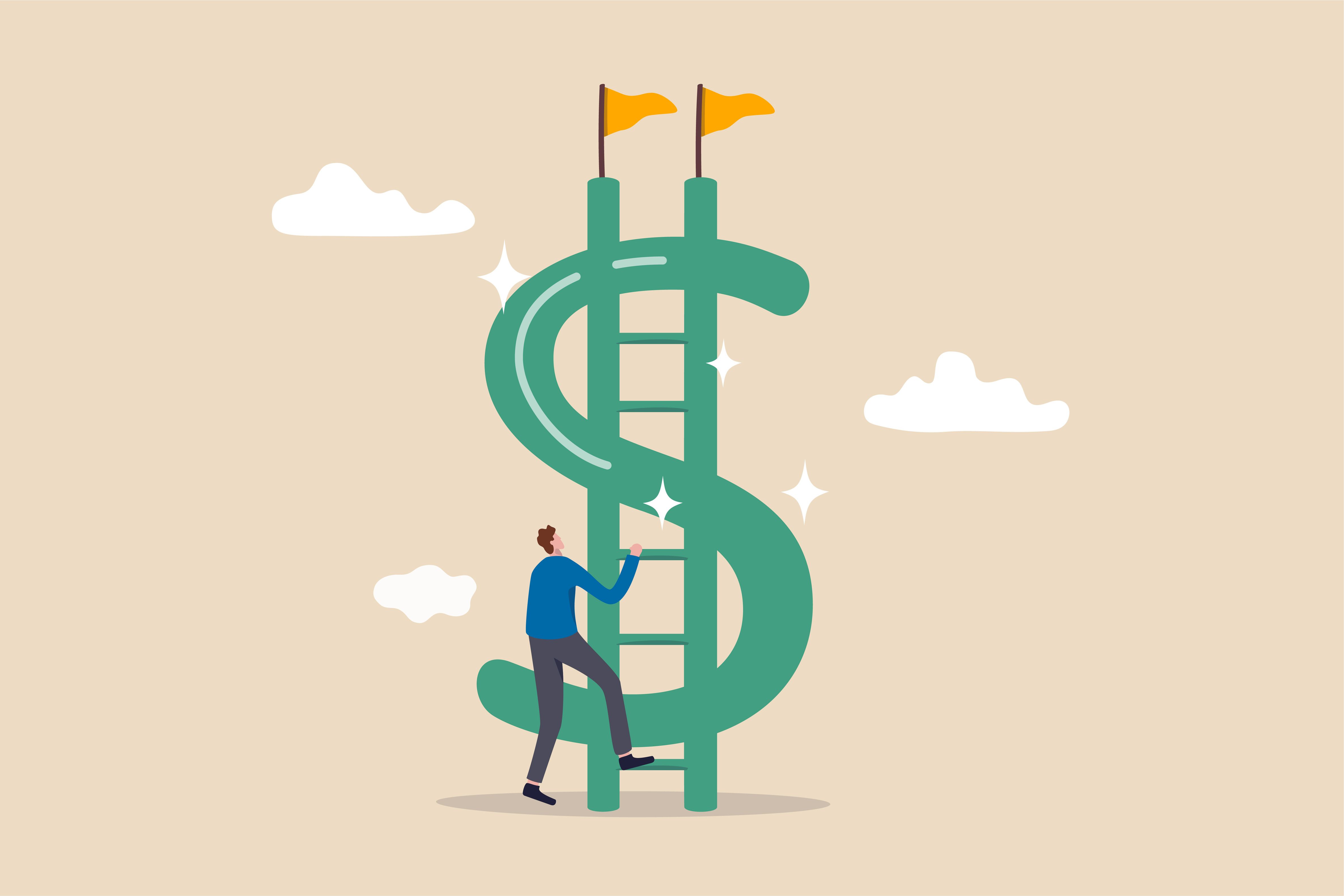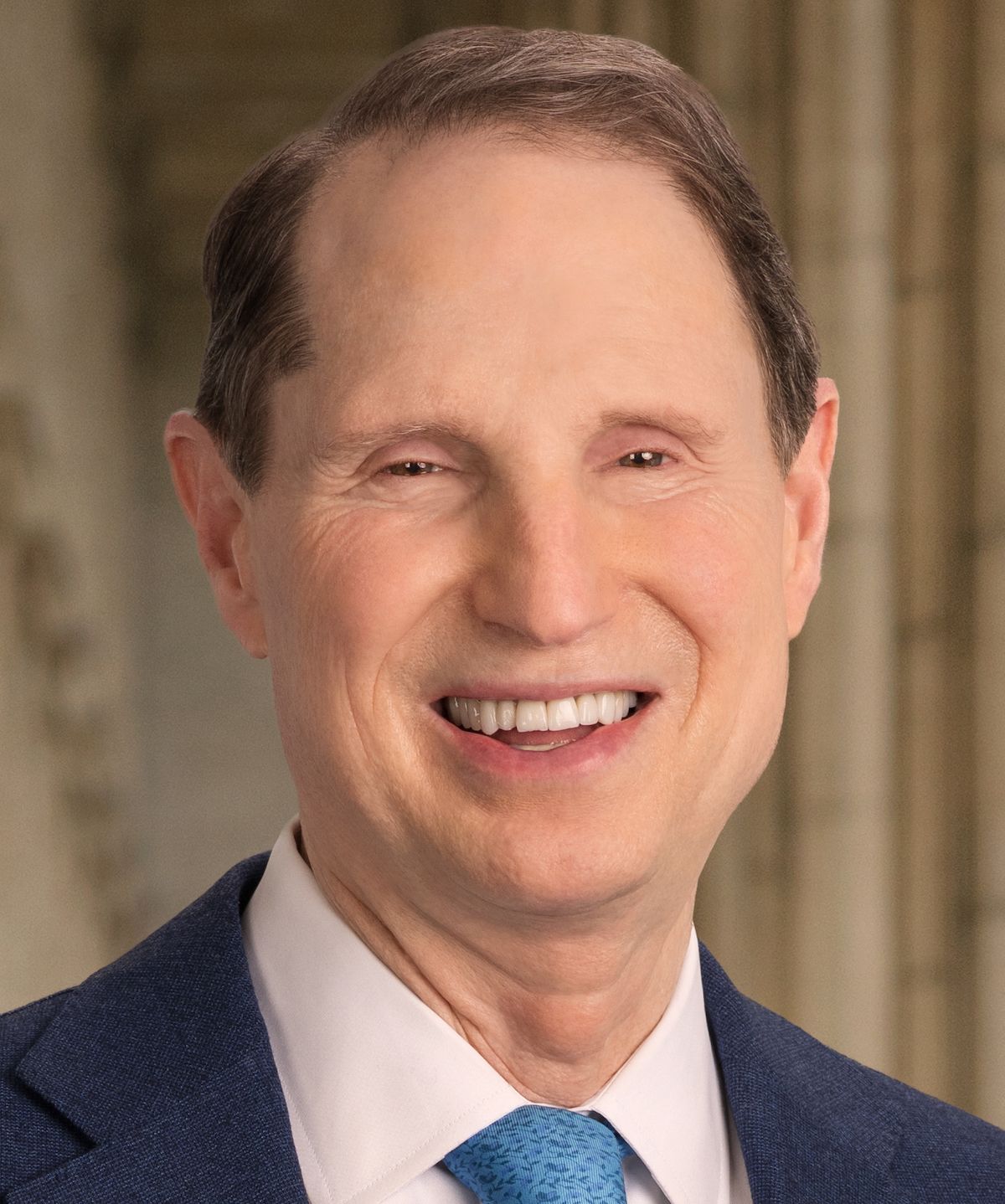Article
Financial planning moves to make as the COVID-19 pandemic wanes
Author(s):
It may be time for physicians to reconsider some financial changes they made during the pandemic.

Now that the pandemic is waning and medical practices are seeing an increase in office visits, it may be time for many physicians to reconsider temporary personal financial changes made to adapt.
This might mean unwinding austerity measures, adjusting to new financial realities and generally positioning to the post-pandemic environment.
Here are some moves that may apply to your individual situation:
Stop hoarding cash. Conserving cash is a normal reaction for self-employed physicians concerned about billings. But now that patients aren’t so afraid of sitting in a waiting room, it’s time to resume pre-pandemic confidence and once again find useful homes for some of this cash.
Pay down balances. Use some of this un-hoarded cash to pay down balances on credit cards. Start with cards that have high interest rates. Uncertainty from the pandemic naturally caused many to tolerate more debt. Now it’s time to eliminate that debt because, over time, interest payments can be an albatross burdening you from reaching goals such as amassing greater resources for retirement.
Re-establish your emergency fund. If you haven’t been fortunate enough during the pandemic to be hoarding cash—perhaps because of standing monthly financial obligations—then you may have depleted your emergency fund (if you had one in the first place). An emergency fund is a tranche of cash, usually held in a no- or low-risk account such as passbook savings or money market fund, to pay living expenses for several months if the worst happens—for example, if you’re unable to work and your insurance doesn’t cover living expenses. A good rule of thumb is to have enough cash to cover three months of expenses.
Consider buying your leased car. The residual value—the amount you’ll pay to purchase a car at the end of the lease—is usually the same no matter how many or how few miles you put on it. If you’re like a lot of people, you haven’t driven much since early 2020. But your lease’s mileage allotment is probably based on an assumption that you’ll drive a certain amount. Let’s say your lease is for 36,000 miles over three years, an average of 12,000 miles a year (a common arrangement), and your total mileage for 2020 and 2021 ends up totaling 8,000 miles. If your lease ends in December 2021 and you return the car, you’ll be making a charitable donation to the dealer of 16,000 miles.Rather than donating this value to a for-profit company, you can capture that value for yourself by buying the car for the residual-value price stated in your lease. You can always turn around and sell the car privately or trade it in after enjoying the miles you didn’t use during the pandemic. If you want to get a new car, an alternative is to see if you can use the low mileage to negotiate a good deal on a swap for a new lease. However, although swaps can be a better deal than just returning leases early, they often just spread early-return penalties out over time, making them seem less onerous.
Revise your budget for the new normal. That may mean changes in allocations for education funding, car payments, household repairs or renovations, summer/vacation homes, and charitable contributions. A new budget can be a cure for bad spending habits acquired during the pandemic. For example, if more time at home led to an over-spending doing online shopping (or worse yet, online gambling), then cutting back on this would be a natural way to find money for more constructive purposes.
Resume retirement plan contributions. If you’ve suspended making payments into tax-deferred retirement vehicles, such as IRA or SEP-IRAs, because of financial uncertainty from the pandemic, it may be time to resume them. This is all the more important if your income is rising as the pandemic subsides, as the tax-deferment reduces your taxable income. Whenever possible, try to contribute the maximum amount--$6,000 annually for people under 60 and $7,000 for those 60 and over. Regarding taxable retirement contributions, such as those to Roth IRAs, the current bull market makes this highly advantageous, as gains aren’t taxed if removed from accounts in existence for 5 years. In both tax-deferred and taxable accounts, it's best to diversify your holdings across different asset classes to reduce portfolio risk.
Have a look at your estate plan (if you have one. If not, get one.). If your financial situation has changed materially during the pandemic, changes in your will and/or or trusts may be called for (a living trust is often a good idea for people of means with grown children). In the course of doing so, be sure that your plan is still designed so that your heirs will get what you intend, in light of any changes to your situation from the pandemic.
The end of the pandemic naturally suggested financial changes to adapt. Now that the pandemic is ebbing, we must adapt to the better world that’s now unfolding.
David Robinson, a Certified Financial Planner, is founder/CEO of RTS Private Wealth Management, an SEC-registered firm in Phoenix that provides fiduciary services to help clients achieve their financial goals. His practice focuses on helping wealthy individuals with custom financial plans, using a holistic approach to grow/protect wealth, manage taxes, identify insurance solutions, prepare for retirement and manage estate plans.





